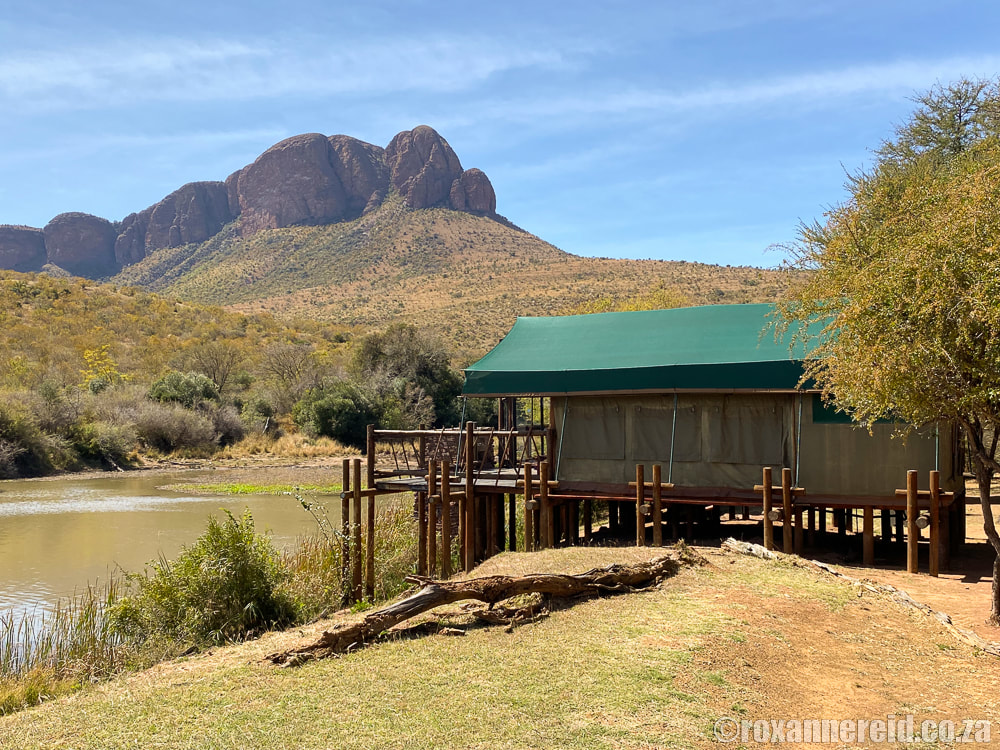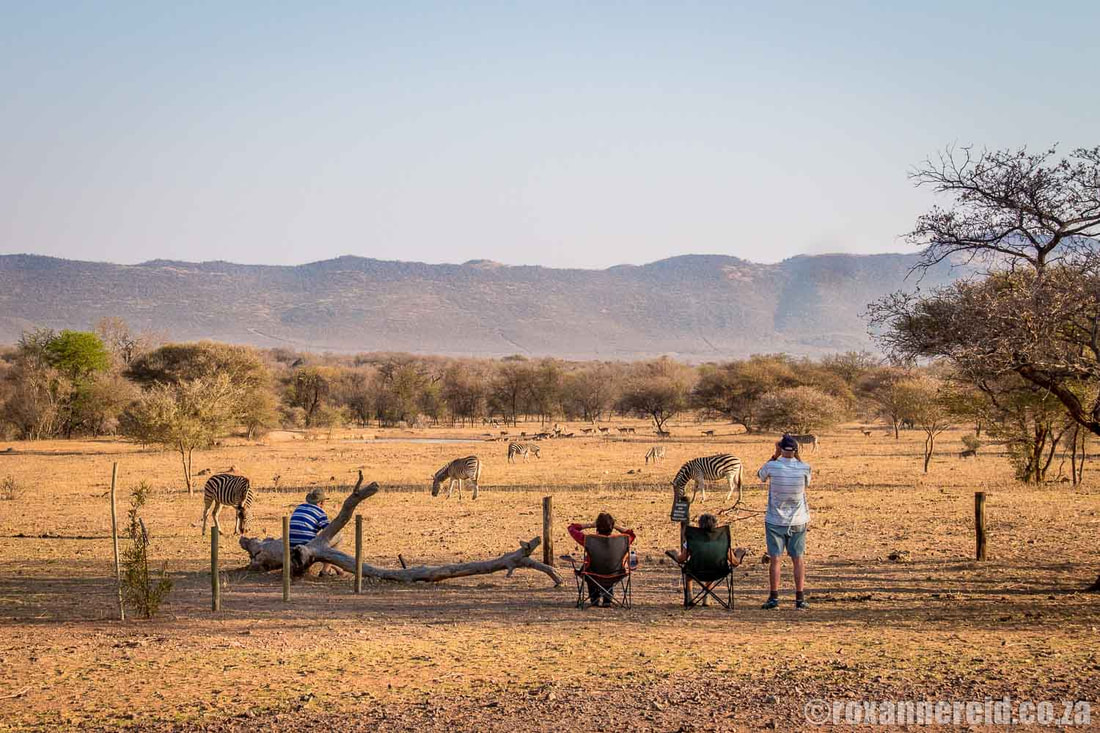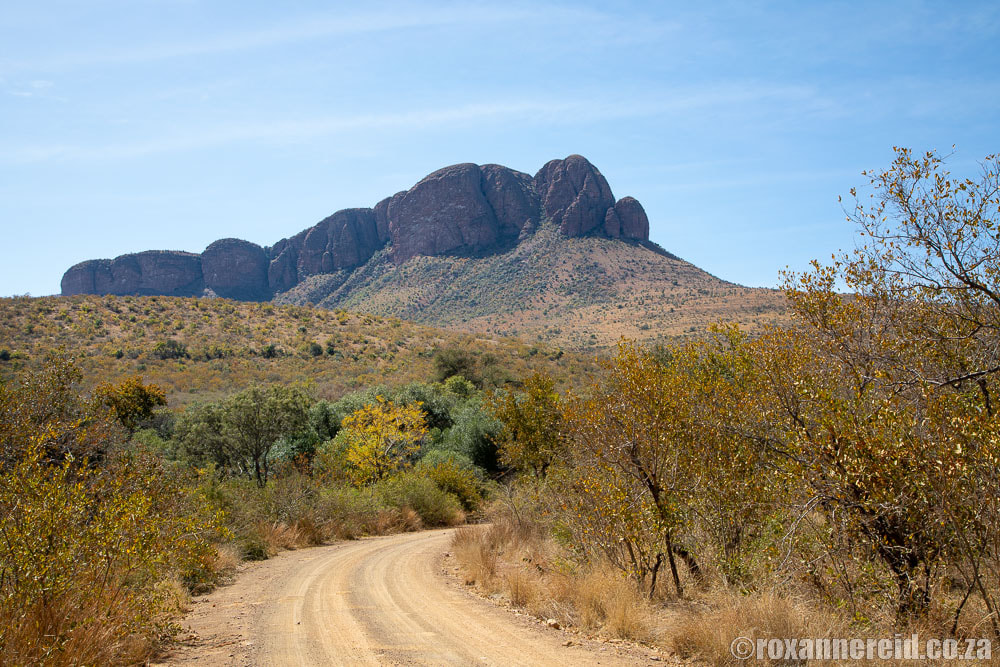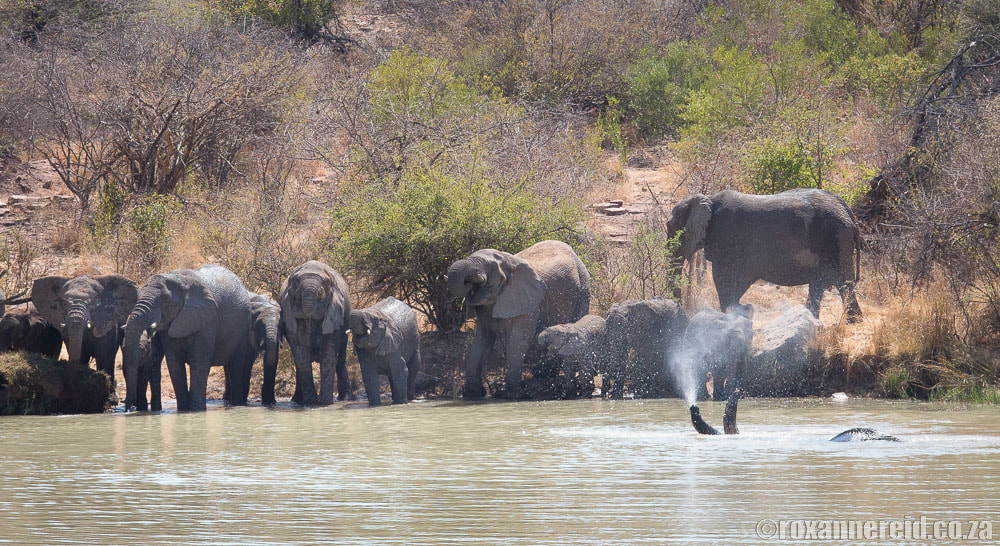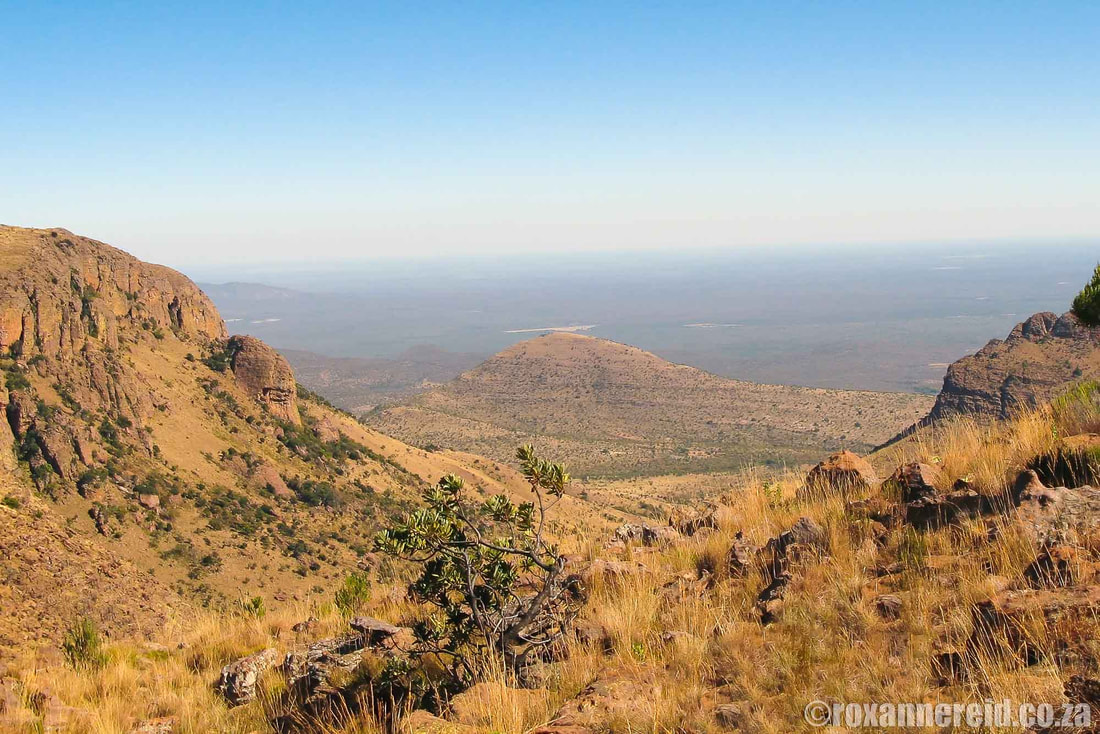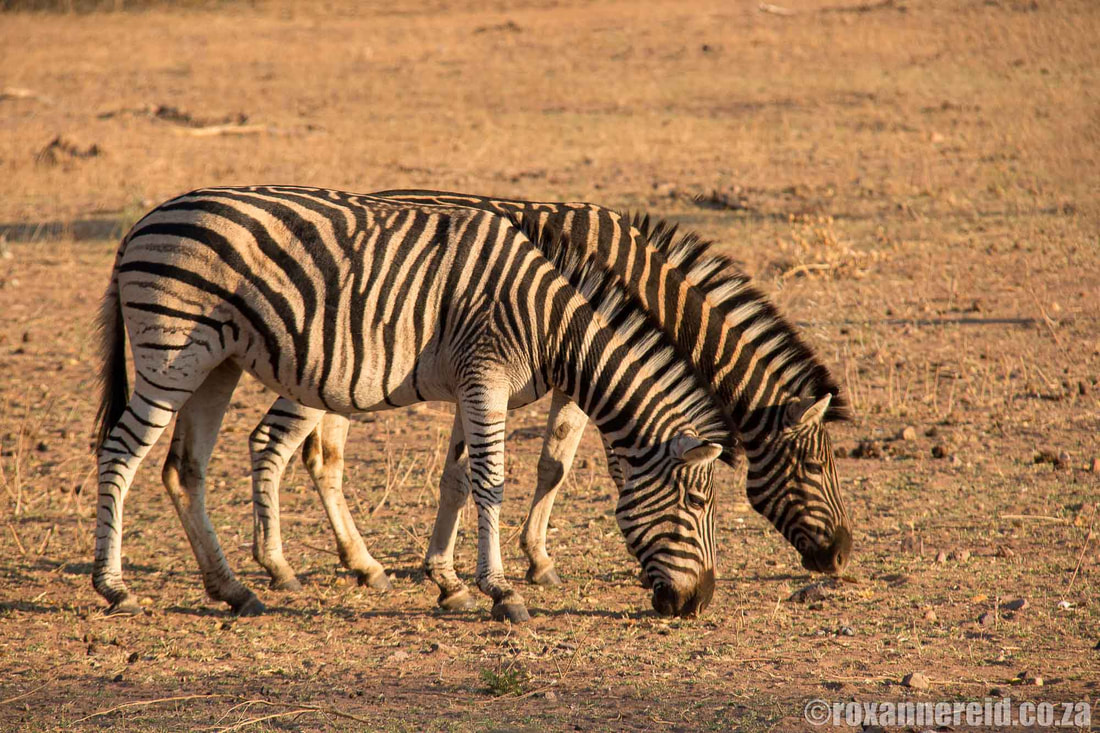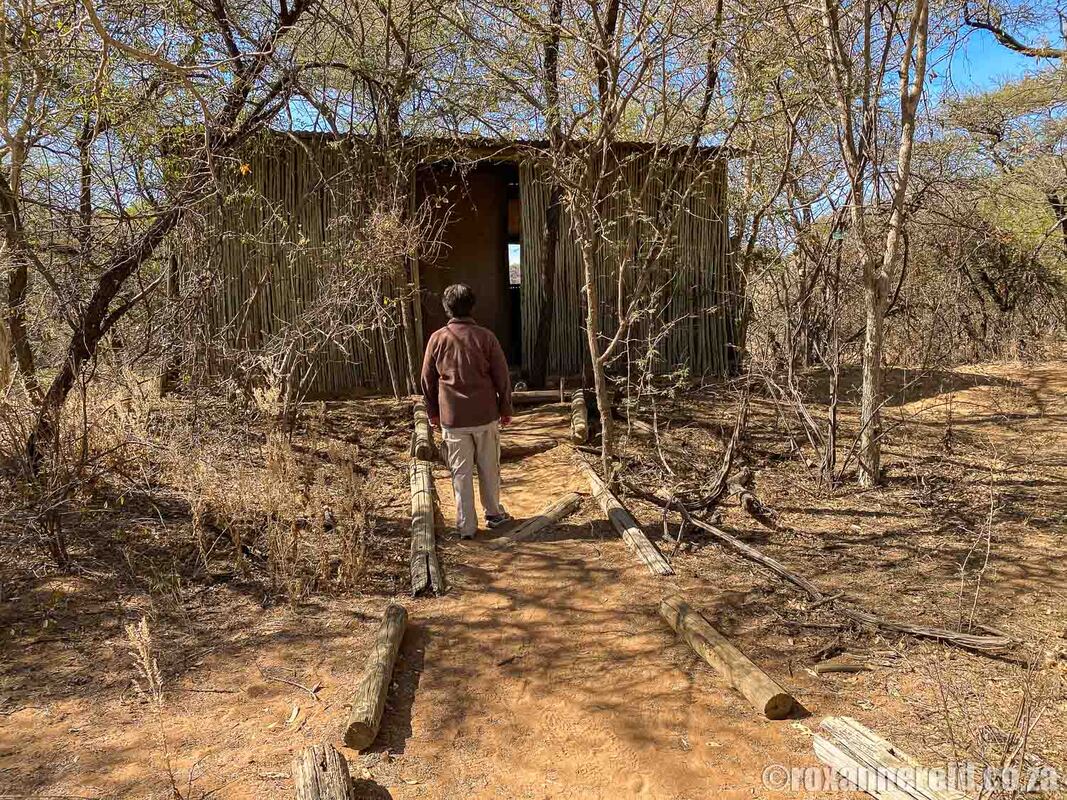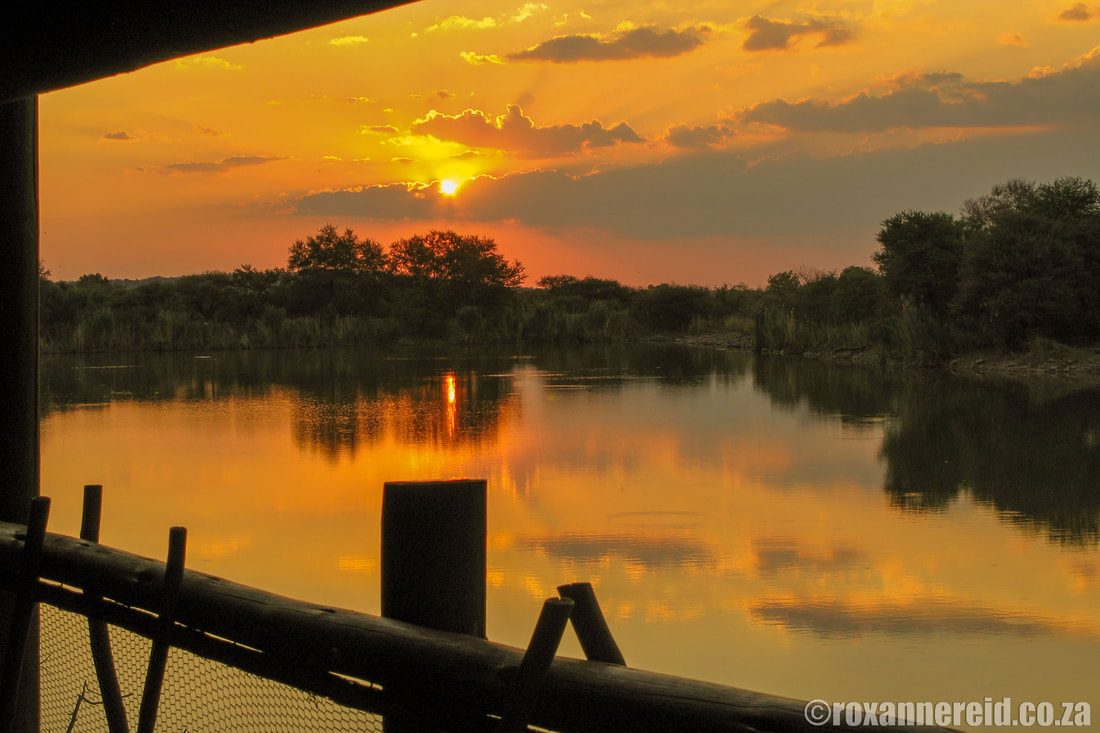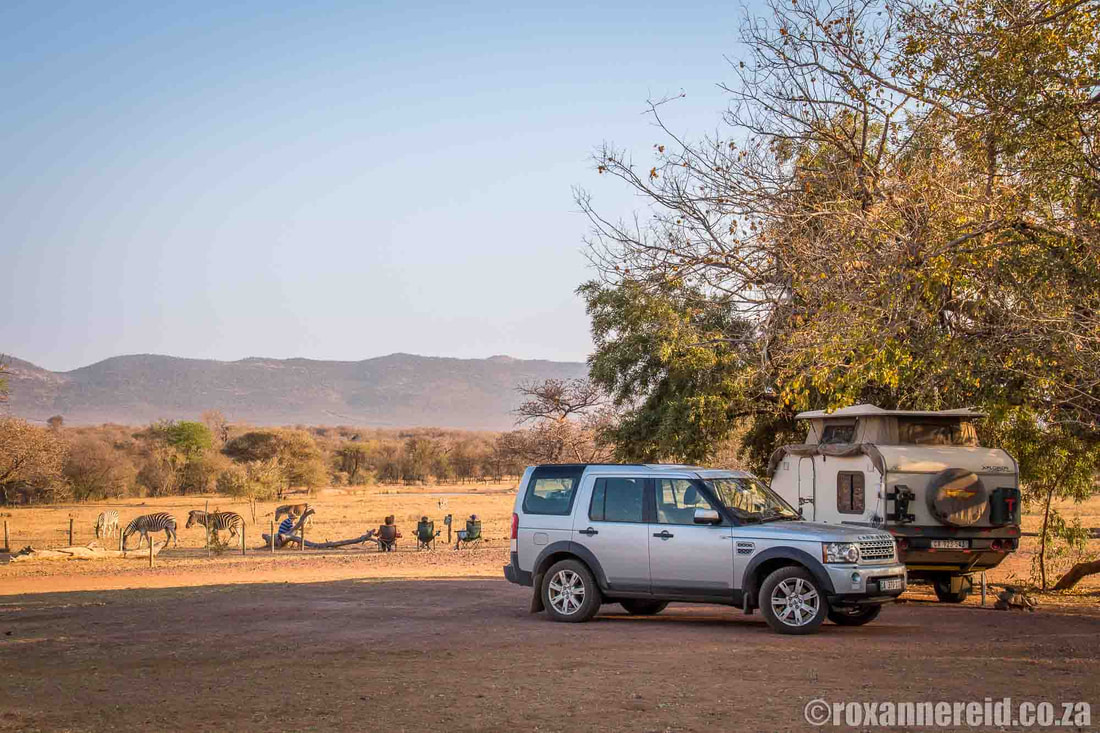By Roxanne Reid
Huddling among rocky peaks and valleys in the heart of Limpopo’s Waterberg mountains, Marakele is a place of wild beauty and a refuge for large game species. It’s also home to one of the world’s largest breeding colonies of Cape vultures, some 300 other bird species and more than 700 plant species. Here’s everything you need to know about Marakele National Park.
Perhaps the most popular birding attraction is one of the world’s largest colonies of endangered Cape vultures, which you can see on a drive to the top of the Waterberg massif, enjoying spectacular views along the way. Other raptors also use the uplift created by the cliff faces to ride the thermals, including Verreaux’s and Wahlberg’s eagle, black-chested and brown snake eagle.
The western part is where you’ll find the main entry gate, reception and the Bontle Tented Camp and Bontle camp site. The bush-covered plains here are a good place to find zebras, antelope, giraffe and birds, as well as to enjoy trees like velvet raisin tree, weeping boerbean, wild pear (full of creamy blossoms in August), red bush-willow and silver cluster-leaf.
Best things to do at Marakele National Park
2. Join a morning or sunset drive with an experienced guide who can tell you more about the park’s mammals, birds and trees, as well as read the tracks in the sand. Guided drives are always a highlight and a chance to learn something new. In addition, early morning or sunset drives are among your best chances to spot lions. Book your drive at reception beforehand and meet your guide there at the designated time.
While you’re at Lenong viewpoint, you might also get a visit from some smaller birds, like Cape rock thrush and mocking cliff-chat. Look out, too, for the Kransberg widow (Dingana jerinae) if you visit in November. This is the only place in the world that this brown butterfly with yellow and orange markings occurs. It’s classified as vulnerable.
4. Go on an early morning bush walk with a guide, a chance to learn about tracks and signs in the bush, as well as the history and geology of the area. Being on foot also makes it easier to hear and spot birds. When we first visited Marakele in 2007, there was talk of making some of the Stone Age and Iron Age sites in the park available to the public, but this hasn’t happened yet. If you’re really interested in cultural heritage, perhaps you can persuade your bush walk guide to take you to see one of these sites.
6. See how many birds you can chalk up in your few days at Marakele, which is excellent for bushveld birds given that it lies in a transition zone between the dry western regions and the moister eastern regions of South Africa. Apart from the large breeding colony of Cape vultures (see point 3), Marakele is home to some 300 species, including Verreaux’s and Wahlberg’s eagle, lanner and peregrine falcons, purple roller, wailing cisticola, black crake, African finfoot, crimson-breasted shrike, pin-tailed and shaft-tailed whydahs, orange-breasted bush-shrike, redbilled firefinch and blue waxbill.
8. Drive the Marakele 4×4 Eco Trail at the top of the Waterberg mountains in the far east of the eastern section of the park. The trail takes three days and two nights. You’ll sleep over at two unfenced bush camps with enviro-loos. You’ll need a 4×4 with low range and high clearance. No trailers are allowed and only five vehicles (plus the guide’s) are allowed at a time. Your guide will enrich your experience with his interpretation of the eco-zones, wildlife, tracks, and geology of the Waterberg Biosphere Reserve.
Departures are on Tuesdays and Fridays in the dry season (April to October) only. You can expect a difficulty level of 3 (low-range and some off-road experience needed) to 5 (extremely technical, for experienced drivers only). Get more info about the trail and how to book here.
9. See if you can find some of the endemic Waterberg cycads (Encephalartos eugene-maraisii) that grow up to 4m tall. They’re named after author and poet Eugene Marais, who lived in the Waterberg for 16 years. The cycad is listed as endangered on the IUCN Red Data list, which means it faces a high risk of extinction in the wild. It grows on the mountains at altitudes of 1400-1500m so your best chance of spotting them up close is on the 4×4 eco trail (see point 8 above).
Marakele accommodation
Western section
Bontle Campsite
Bontle Tented Camp
The tents are small but clean and neat. Each has a bathroom with loo and shower, place to hang your clothes, and an air conditioner that’s very welcome in the heat of summer. A separate enclosed kitchen is fully equipped with two-plate cooker, microwave, fridge/freezer, and all the cutlery, crockery and pans you need to self-cater. There’s a braai and a stoep with a small table and chairs where you can sit with a cup of coffee or a glass of wine to enjoy the environment.
Our first choice of tent here is number 10, which is on the end so you don’t get people driving past you, although it does make for a longer walk to see if anything has come to drink at the waterhole beyond the camp site. Our second choice at the end of the lower row would be number 1.
Watch out for the shrewd – and very fast – vervet monkeys at the camp. We…
